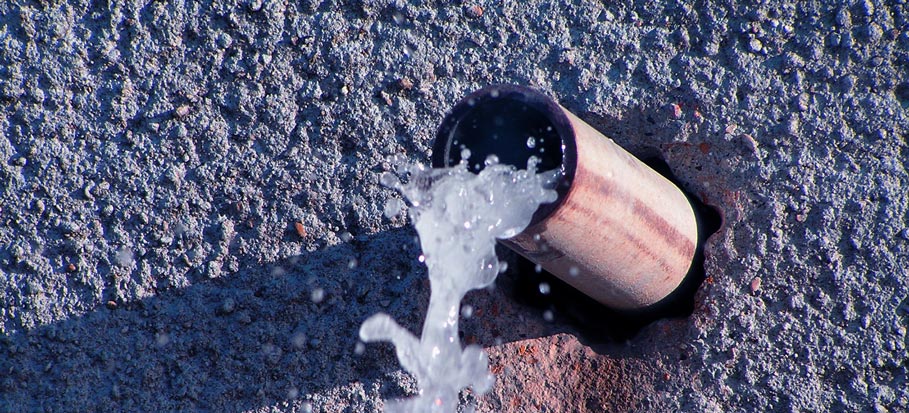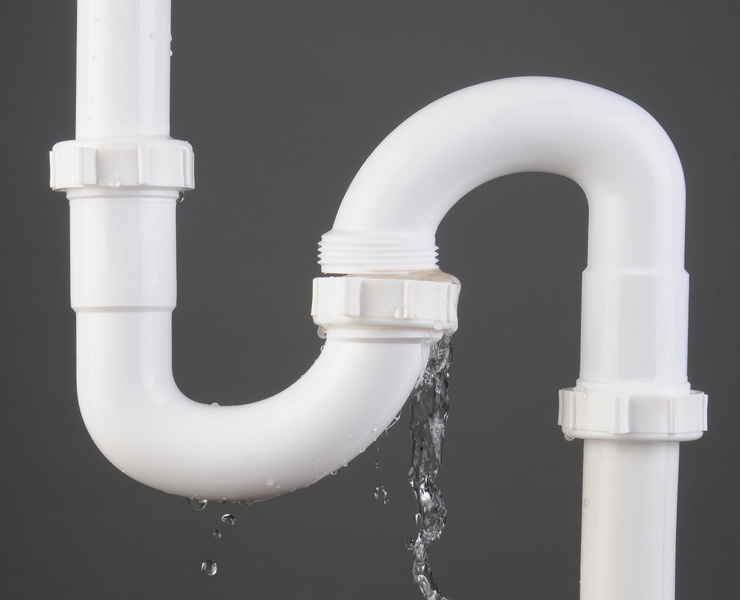Just how to Find and Fixing Water Leaks-- A Comprehensive Guide
Just how to Find and Fixing Water Leaks-- A Comprehensive Guide
Blog Article
Just how do you really feel on the subject of Finding hidden leaks?

Early discovery of leaking water lines can alleviate a possible disaster. Some tiny water leaks may not be visible.
1. Examine the Water Meter
Every residence has a water meter. Examining it is a surefire way that assists you find leakages. For beginners, switch off all the water resources. Make sure nobody will certainly purge, make use of the faucet, shower, run the cleaning equipment or dishwashing machine. From there, most likely to the meter as well as watch if it will certainly transform. Since no one is using it, there should be no movements. That indicates a fast-moving leak if it relocates. Likewise, if you identify no changes, wait an hour or 2 as well as check back once again. This indicates you might have a slow-moving leak that might also be below ground.
2. Inspect Water Consumption
Assess your water bills and also track your water consumption. As the one paying it, you must discover if there are any type of discrepancies. If you detect sudden changes, despite your consumption being the same, it suggests that you have leaks in your plumbing system. Bear in mind, your water costs should fall under the same array every month. An unexpected spike in your costs shows a fast-moving leakage.
A consistent boost every month, even with the same practices, shows you have a slow leakage that's additionally gradually escalating. Call a plumber to extensively check your residential or commercial property, particularly if you feel a warm area on your flooring with piping beneath.
3. Do a Food Coloring Examination
When it concerns water consumption, 30% comes from commodes. Test to see if they are running effectively. Decrease flecks of food color in the container and wait 10 minutes. There's a leakage in between the container as well as dish if the color in some way infiltrates your dish during that time without flushing.
4. Asses Exterior Lines
Don't fail to remember to check your outdoor water lines as well. Test spigots by attaching a yard hose. Must water permeate out of the link, you have a loosened rubber gasket. Replace this as well as make sure all links are tight. If you have actually got a lawn sprinkler, it will certainly assist get it properly took a look at and also maintained yearly. One tiny leakage can lose lots of water and increase your water expense.
5. Examine and Examine the Situation
House owners need to make it a habit to examine under the sink counters and also inside cupboards for any type of bad odor or mold and mildew development. These 2 red flags show a leakage so timely attention is needed. Doing regular assessments, also bi-annually, can conserve you from a significant problem.
A lot more notably, if you know your home is currently old, keep a watchful eye on your heating units, hose pipes, pipelines and so on. Check for stainings and weakening as the majority of devices as well as pipelines have a life span. They will certainly also naturally deteriorate because of wear and tear. If you think leaking water lines in your plumbing system, do not wait on it to rise. Call a professional plumber as soon as possible so you do not end up with an awful mess in your home.
Early detection of leaking water lines can mitigate a prospective disaster. Some small water leaks might not be visible. Checking it is a surefire way that helps you discover leakages. One little leak can throw away lots of water as well as spike your water costs.
If you think dripping water lines in your plumbing system, don't wait for it to intensify.
WARNING SIGNS OF WATER LEAKAGE BEHIND THE WALL
PERSISTENT MUSTY ODORS
As water slowly drips from a leaky pipe inside the wall, flooring and sheetrock stay damp and develop an odor similar to wet cardboard. It generates a musty smell that can help you find hidden leaks.
MOLD IN UNUSUAL AREAS
Mold usually grows in wet areas like kitchens, baths and laundry rooms. If you spot the stuff on walls or baseboards in other rooms of the house, it’s a good indicator of undetected water leaks.
STAINS THAT GROW
When mold thrives around a leaky pipe, it sometimes takes hold on the inside surface of the affected wall. A growing stain on otherwise clean sheetrock is often your sign of a hidden plumbing problem.
PEELING OR BUBBLING WALLPAPER / PAINT
This clue is easy to miss in rooms that don’t get much use. When you see wallpaper separating along seams or paint bubbling or flaking off the wall, blame sheetrock that stays wet because of an undetected leak.
BUCKLED CEILINGS AND STAINED FLOORS
If ceilings or floors in bathrooms, kitchens or laundry areas develop structural problems, don’t rule out constant damp inside the walls. Wet sheetrock can affect adjacent framing, flooring and ceilings.
https://www.servicemasterbyzaba.com/blog/how-to-detect-water-leakage-in-walls/

I was shown that report about Top leak detection hacks through a good friend on another web page. Sharing is caring. You never know, you might be helping someone out. Thank you so much for going through it.
Report this page